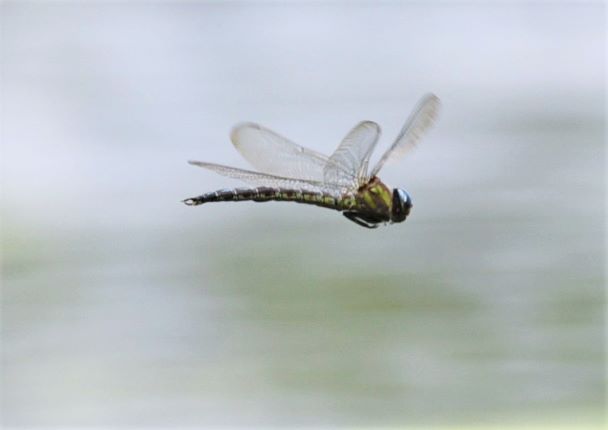Greetings, BugFans
The BugLady visited one of her favorite wetlands the other day, looking for spring. It’s early days for flowering plants around here (and for insects, other than flies), but our two earliest wildflowers – pussy willows and skunk cabbage – are happily doing their thing. It will be a little while before the flowering plants in the wetlands start to bloom, but mosses and liverworts are putting on a show ahead of that, and soon the fern fiddleheads, lichens, liverworts, and horsetails/Equisetum will join the chorus. Nothing beats the smell of a wetland!
Skunk cabbage (Symplocarpus foetidus) (Symplocarpus foetidus means “clustered fruit that is fetid,” and isn’t that awesome!) is a member of the Arum family, Araceae (culinary cabbages aren’t). There are more than 3700 Arum species worldwide, mostly tropical, and the members of the family that grow in and around our area wetlands – skunk cabbage, Jack-in-the-pulpit, and wild calla (plus arrow arum in a few parts of the state) – are some of our oddest-looking wildflowers.
 04.12.23
04.12.23










